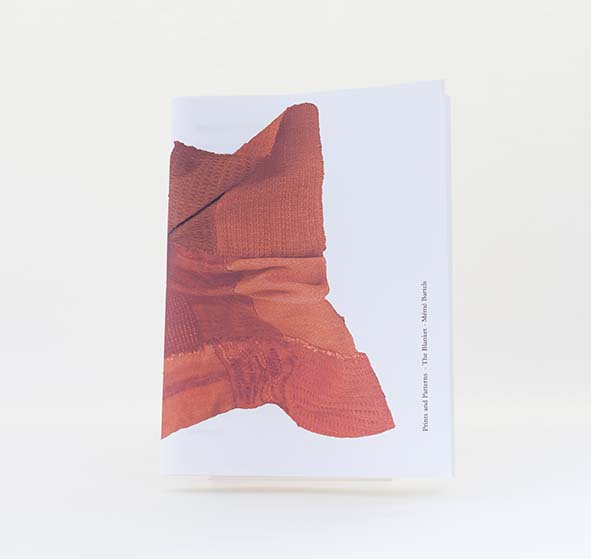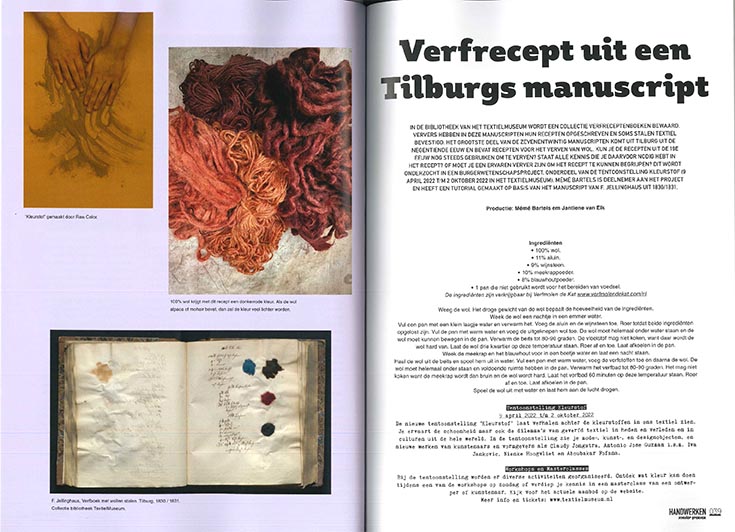
A handmade book, that is part of a package of 3 books and 1 poster
Size: 16,5 x 22 cm
Edition: 50
Publication date: September 2023
Price package: €60
Several years ago I attended a webinar entitled “Thinking about the world around us and our role in it”. A former CEO of a large Dutch organization, a purpose-led leader in health and nutrition as they call themselves, was the keynote speaker. He was introduced with a company film in which an anecdote formed the prelude to the positioning of the organization.
The anecdote was as follows. The CEO traveled to Africa for his work and visited a village where there was a severe famine. He was welcomed there by the whole community and, quite unexpectedly, received a baby in his arms, while the child’s mother hissed to him: “you know”. His first reaction was, you know? I do not know anything!
‘You know, my child has no chance to survive. I know it, you know it and the whole world knows it too’. That was the mother’s message.
For the CEO, this message and the resulting insight led to new product lines, with which the organization entered new markets. A business strategy based on the statement doing good, doing well. That was the message the CEO delivered that morning.
But I heard something different. You know, the whole world knows, but nobody does anything about it.
Bloedend rood consists of a blanket and a booklet. The work symbolizes the anecdote of you know. The blanket is comfy and you can completely hide under it. Away from everything.
The blanket consists of 28 woven works. They are made of different types of wool and a blend of wool and silk, dyed in madder, a natural dye. If the blanket gets damp, it will give off red. It’s called bloedend rood (bleeding red).

In the library of the Textile Museum (Tilburg, The Netherlands), a collection of dye recipe books is preserved. Dyers have written down their recipes in these manuscripts and sometimes attached textile samples. The majority of the twenty-seven manuscripts are from 19th century Tilburg and contain recipes for dyeing wool. Can you still use the recipes from the 19th century for dyeing? Does all the knowledge you need for that purpose appear in the recipe? Or do you need to be an experienced dyer to understand the recipe?
Mémé Bartels has created a tutorial based on J. Jellinghaus' manuscript from 1830/1831.
Jantiene van Elk en Mémé Bartels